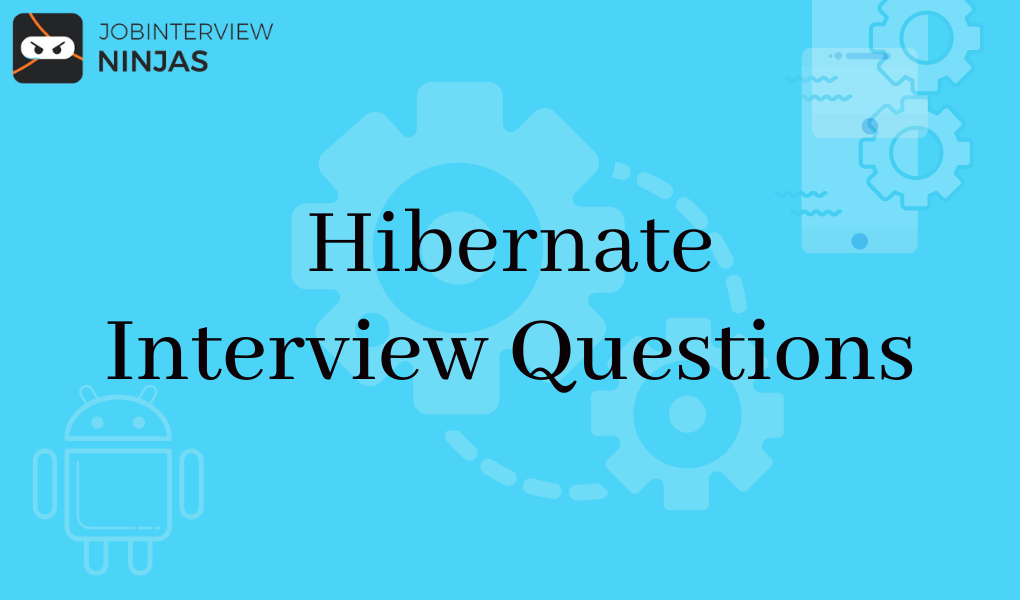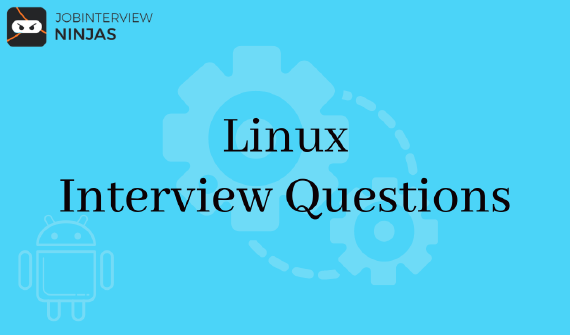
Top 40 Jenkins Interview Questions And Answers For Freshers/Experienced
If you are looking for a career in software development, then Jenkins is definitely worth exploring. This widely used …

Hibernate is the most popular open-source object-relational mapping (ORM) library for Java, which allows developers to write Java code that interacts with relational databases. This article was written to help you improve your knowledge of Hibernate interview questions and answers. This content is meant for people who are looking forward to securing a job in the field of Java, in particular. Hibernate is said to be used by more than 50% of Java developers. We recommend you read the below content that covers all the Hibernate interview questions and answers.
About Hibernate: Hibernate is a Java persistence framework that provides an object-relational mapping (ORM) solution for Java applications. An Object Relational Mapping specifies how to convert persistent in-memory objects into plain old data representation and vice versa. Object-relational mapping is a feature of modern database systems that bridges the gap between objects and tables. The idea is to create a set of objects that represent the conceptual structure of your data and then let the system automatically manage the translation between objects and tables.
Also, prepare for Embedded C interview questions, Java Core interview questions, and other language interview questions from here.
3. How does Hibernate map the properties of a class to the database columns?
4. What is the use of Configuration Interface in Hibernate?
5. What are some ways to improve upon the functionality of built-in interfaces of hibernate?
6. Does all the mapping files of Hibernate have .hbm.xml file extensions to work correctly?
7. Explain POJOs and their significance?
9. What are the criteria of the API?
10. What are the benefits of using Hibernate?
11. What are the two kinds of hibernation?
12. How do session.save() and session.saveOrUpdate() methods in Hibernate work?
13. What the benefits are of hibernating over JDBC?
14. How can we collect hibernate statistics?
15. What is the transient instance state in Hibernate?
16. How to reduce DB access time with Hibernate?
17. What is the use of callback interfaces in hibernate?
18. Does an instance go to the detached state in hibernation?
19. What are the four hibernate levels of ORM?
20. How do you set up hibernate on your Mac?
21. What is the default cache service of Hibernate?
22. Which two are the mapping associations used in hibernation?
23. What is the use of the Hibernate
24. How can I re-attach detached objects in Hibernate?
25. How does hibernate make its primary key?
26. How many ways can we fetch objects from database with hibernate?
27. How can we remove hibernation from our system?
29. What is the default transaction factory in Hibernate?
30. What's the function of JMX in hibernate?
31. How can we bind hibernate session factory to JNDI?
32. How many ways are objects identifiable in Hibernate?
33. What different fetching methods do they have?
34. How are Java objects mapped to database tables?
35. What are the derived properties of a hibernating animal ?
36. What does the term named SQL query mean in hibernate?
3. How does Hibernate map the properties of a class to the database columns?
4. What is the use of Configuration Interface in Hibernate?
5. What are some ways to improve upon the functionality of built-in interfaces of hibernate?
6. Does all the mapping files of Hibernate have .hbm.xml file extensions to work correctly?
7. Explain POJOs and their significance?
9. What are the criteria of the API?
10. What are the benefits of using Hibernate?
11. What are the two kinds of hibernation?
There are two kinds of hibernation that are:
· Sorted Collection
· Order Collection
12. How do session.save() and session.saveOrUpdate() methods in Hibernate work?
13. What the benefits are of hibernating over JDBC?
14. How can we collect hibernate statistics?
We can get hibernate statistics using getStatistics() method of SessionFactory class as shown in the following code:
SessionFactory.getStatistics()
15. What is the transient instance state in Hibernate?
16. How to reduce DB access time with Hibernate?
17. What is the use of callback interfaces in hibernate?
18. Does an instance go to the detached state in hibernation?
19. What are the four hibernate levels of ORM?
20. How do you set up hibernate on your Mac?
21. What is the default cache service of Hibernate?
22. Which two are the mapping associations used in hibernation?
23. What is the use of the Hibernate
24. How can I re-attach detached objects in Hibernate?
25. How does hibernate make its primary key?
26. How many ways can we fetch objects from database with hibernate?
Hibernate has following four ways to get objects from database:
a. Using HQL
b. Using identifier
c. Using Criteria API
d. Using Standard SQL
27. How can we remove hibernation from our system?
29. What is the default transaction factory in Hibernate?
30. What's the function of JMX in hibernate?
31. How can we bind hibernate session factory to JNDI?
32. How many ways are objects identifiable in Hibernate?
33. What different fetching methods do they have?
34. How are Java objects mapped to database tables?
35. What are the derived properties of a hibernating animal ?
36. What does the term named SQL query mean in hibernate?

If you are looking for a career in software development, then Jenkins is definitely worth exploring. This widely used …

In this post, we will cover a few Linux interview questions and their answers. So, let’s get started. In this …